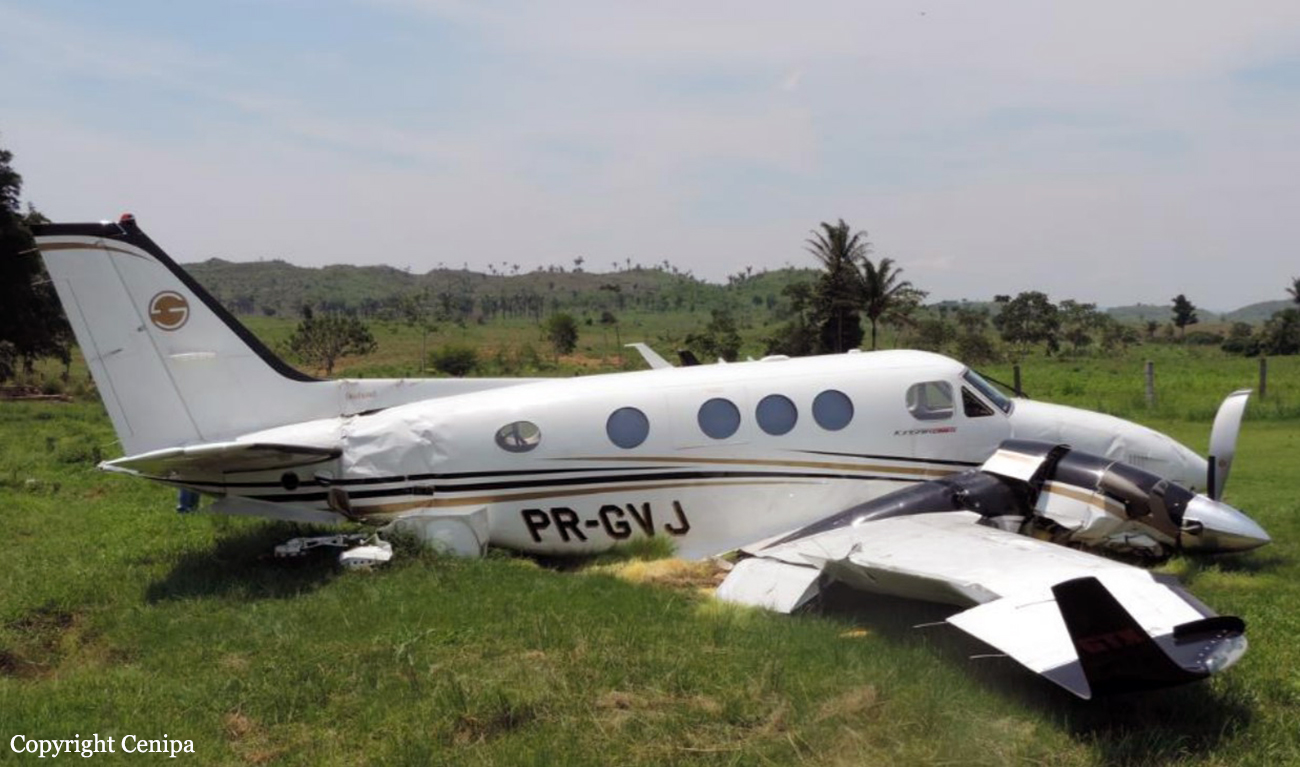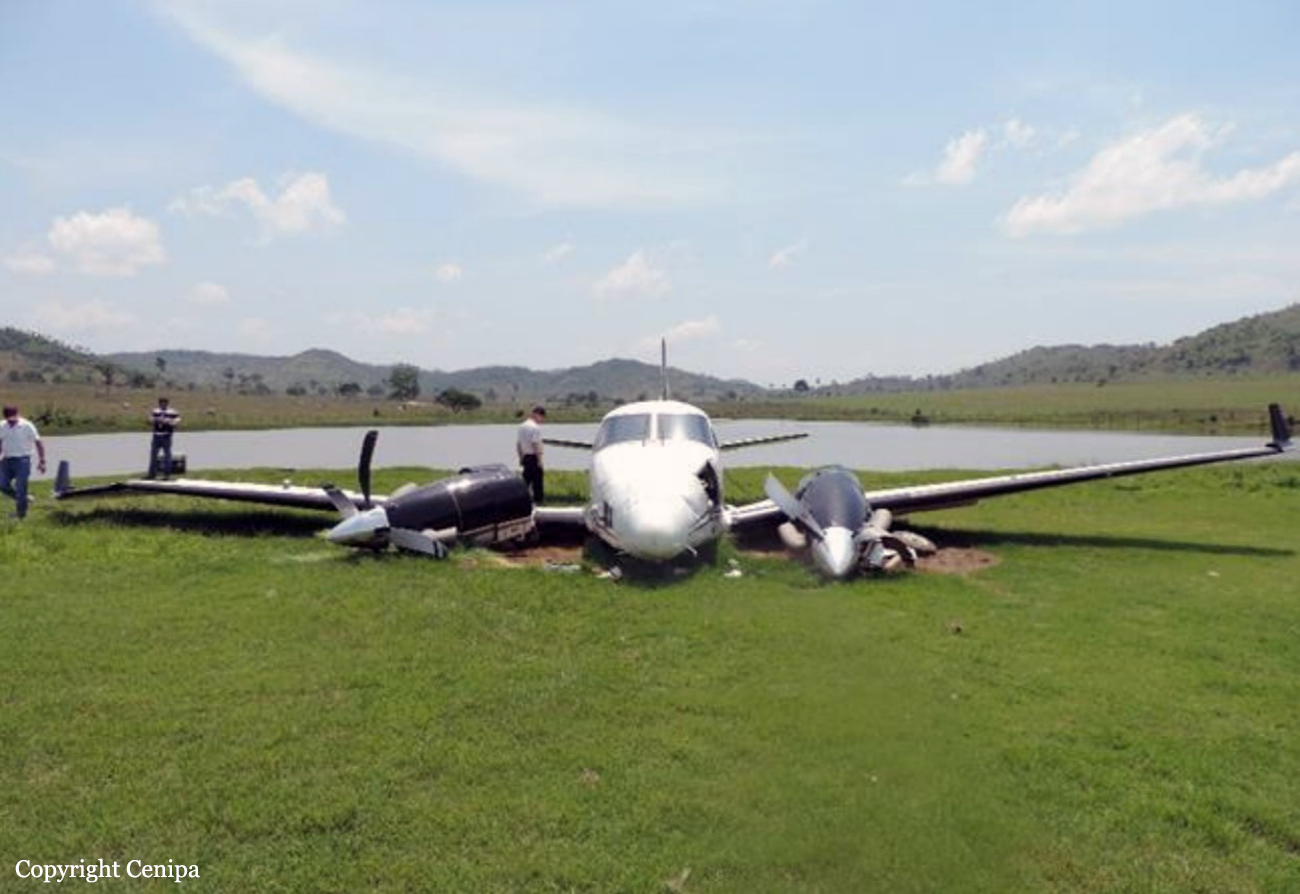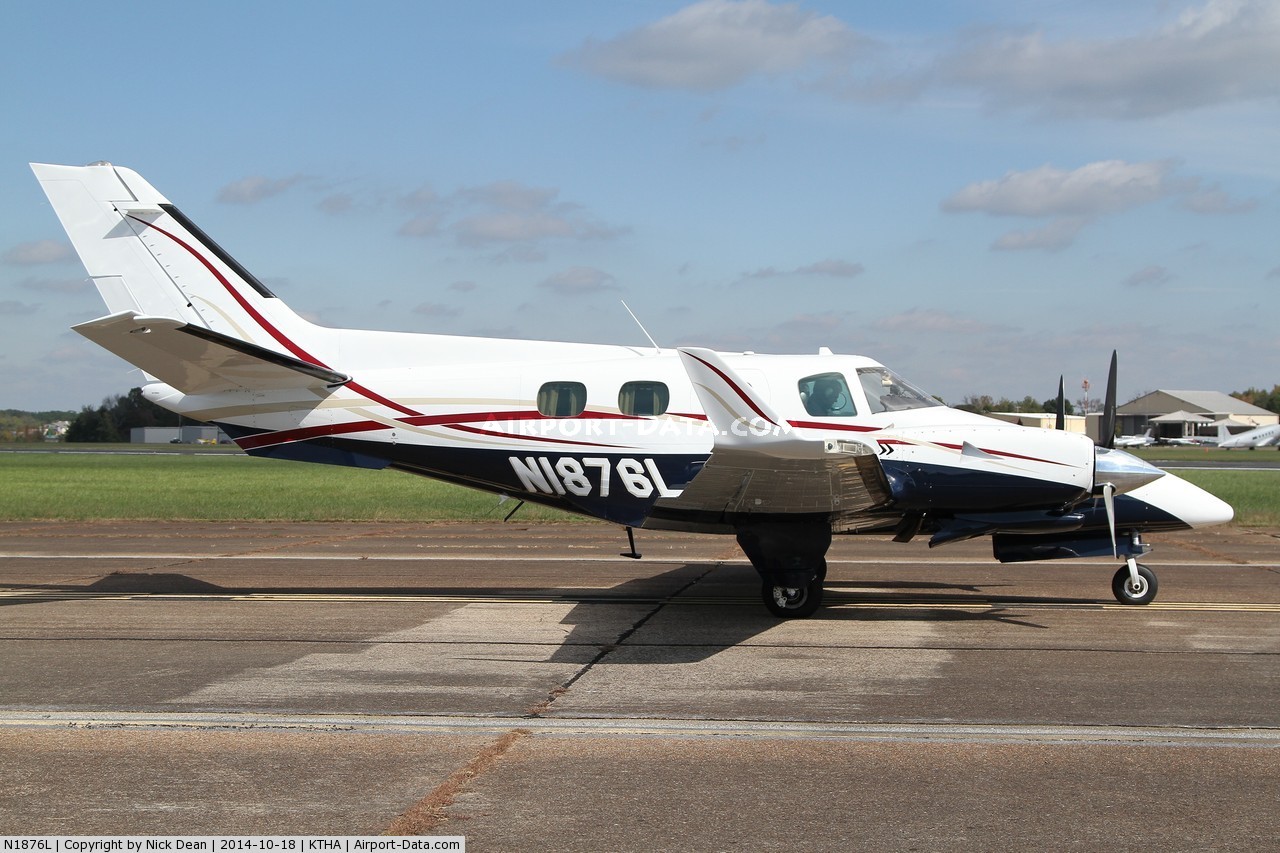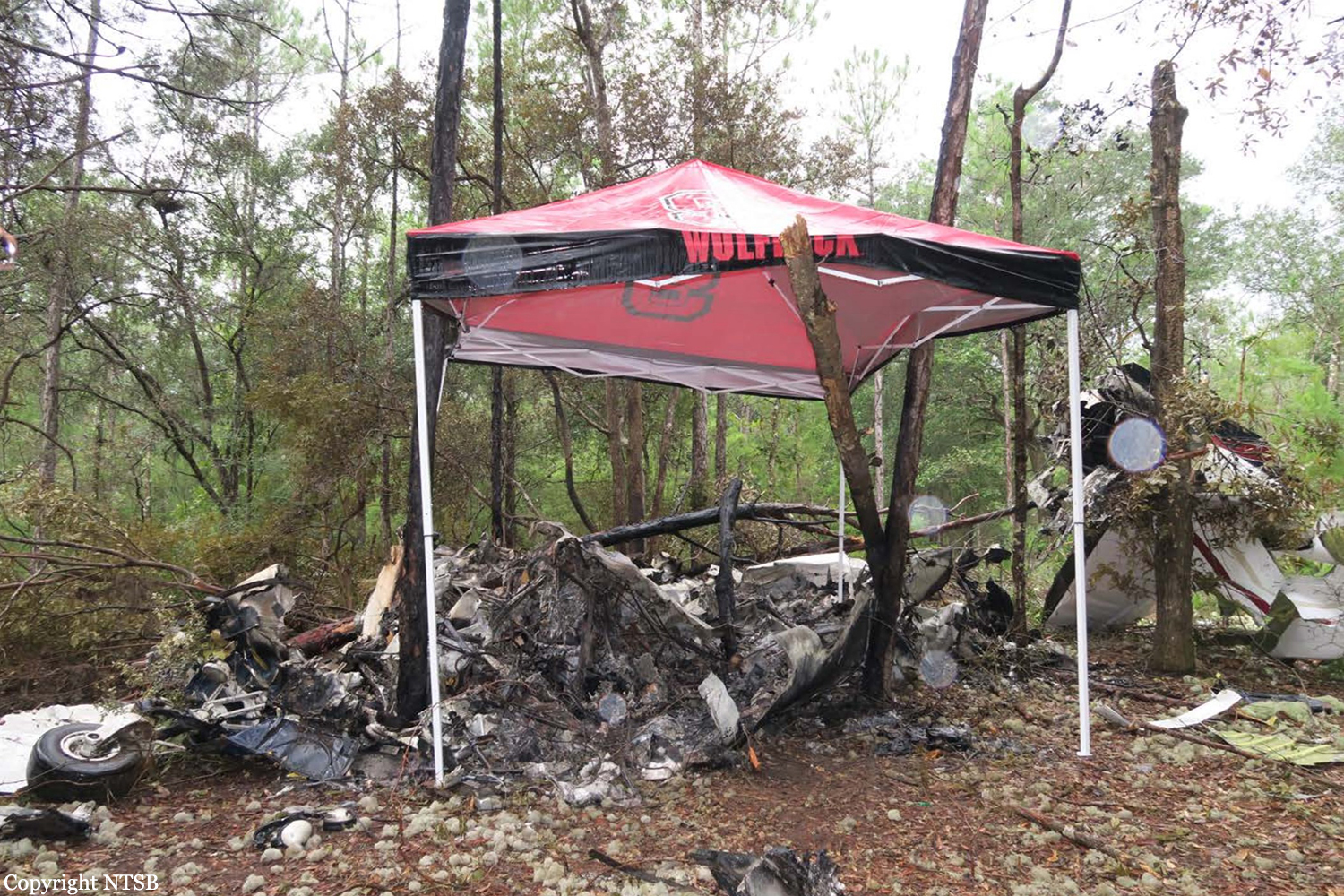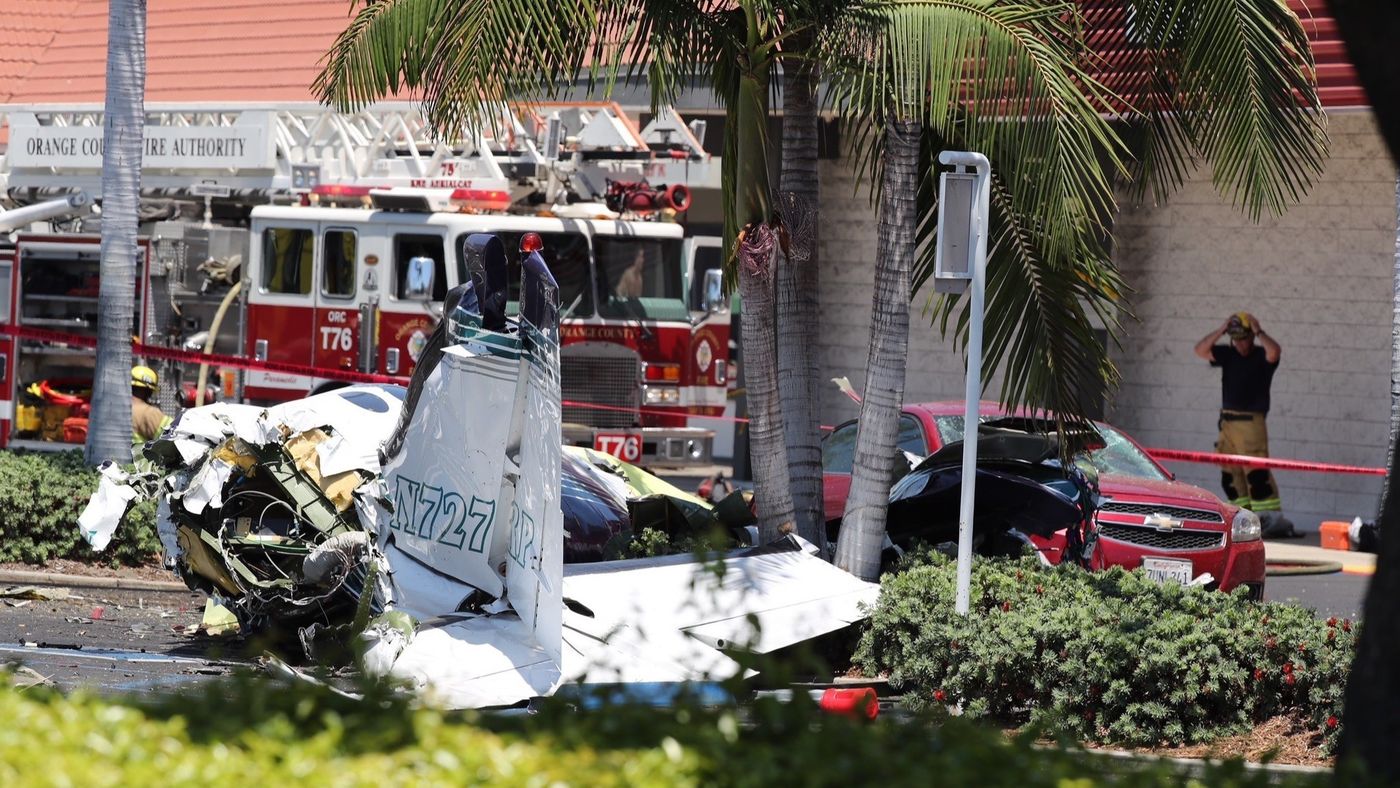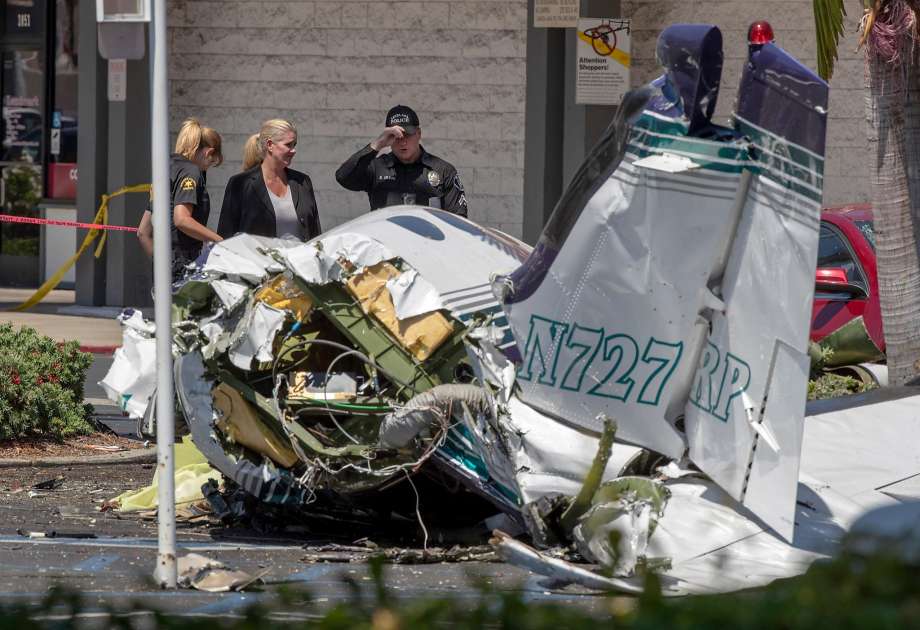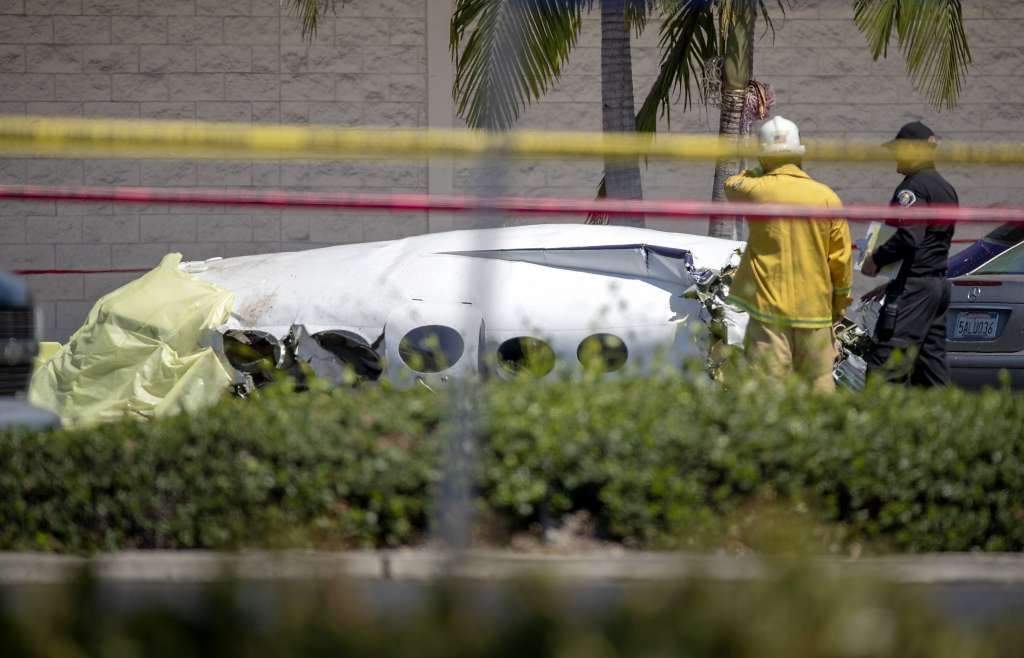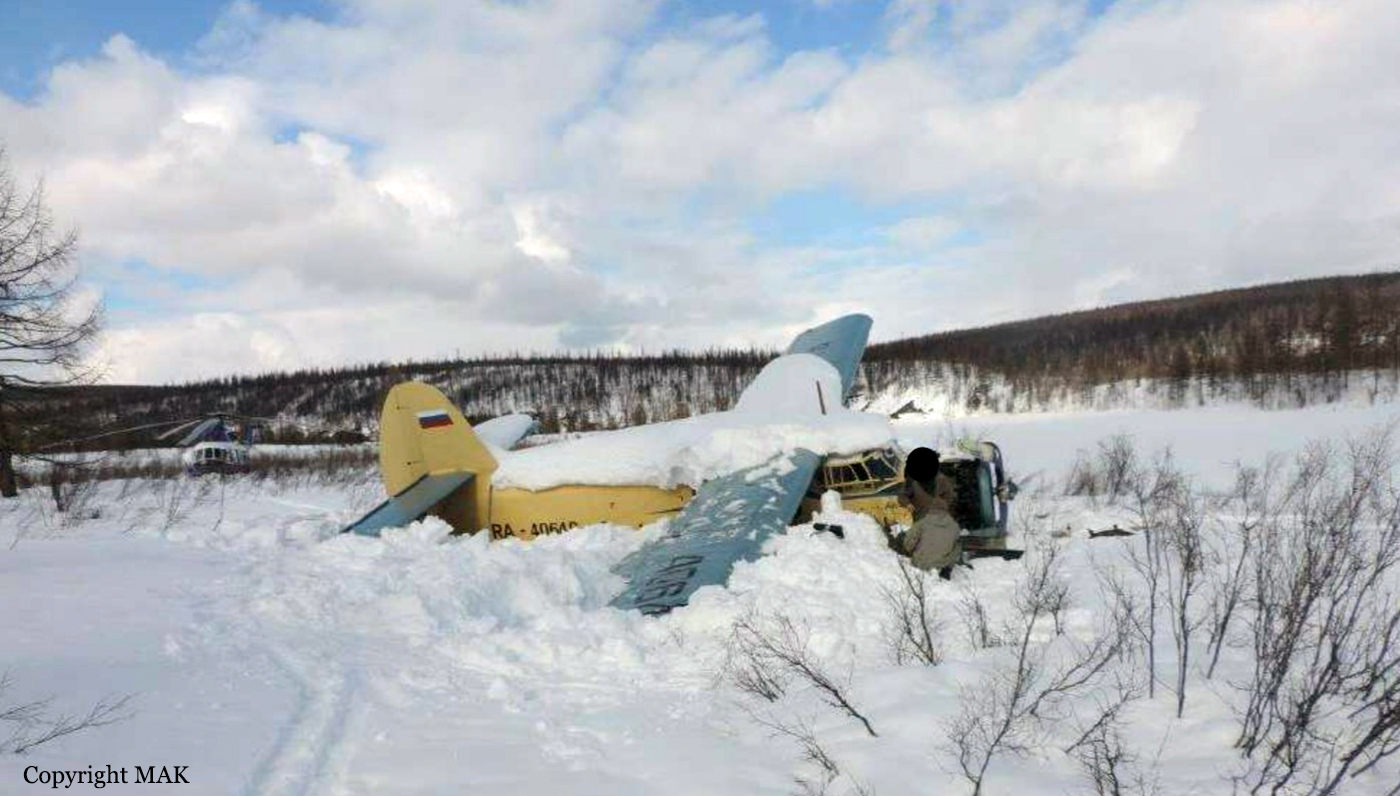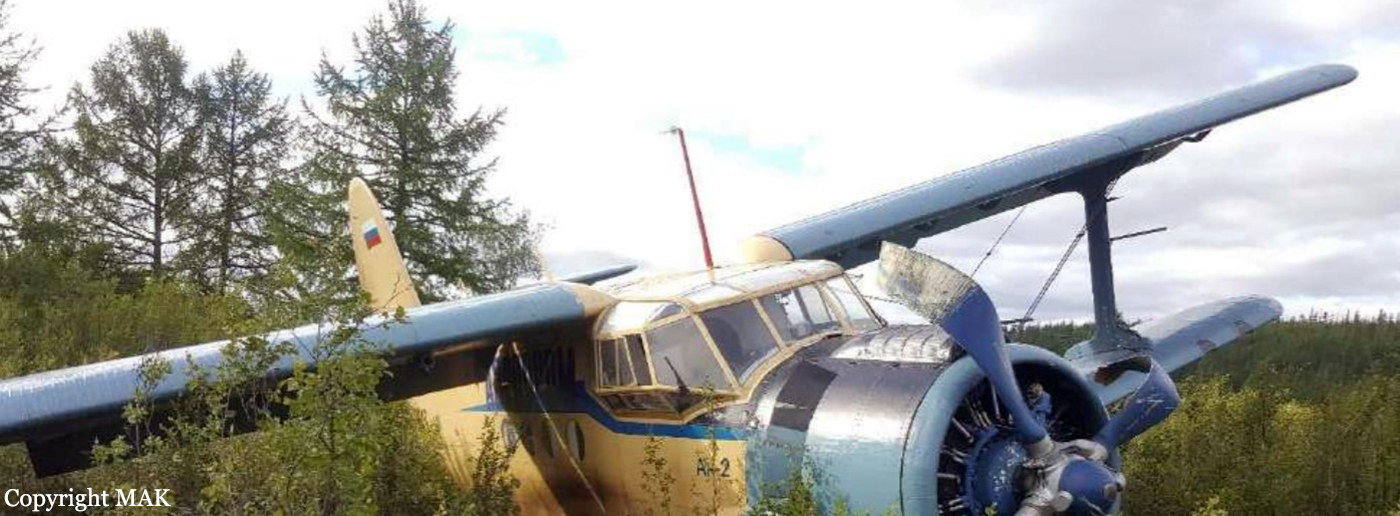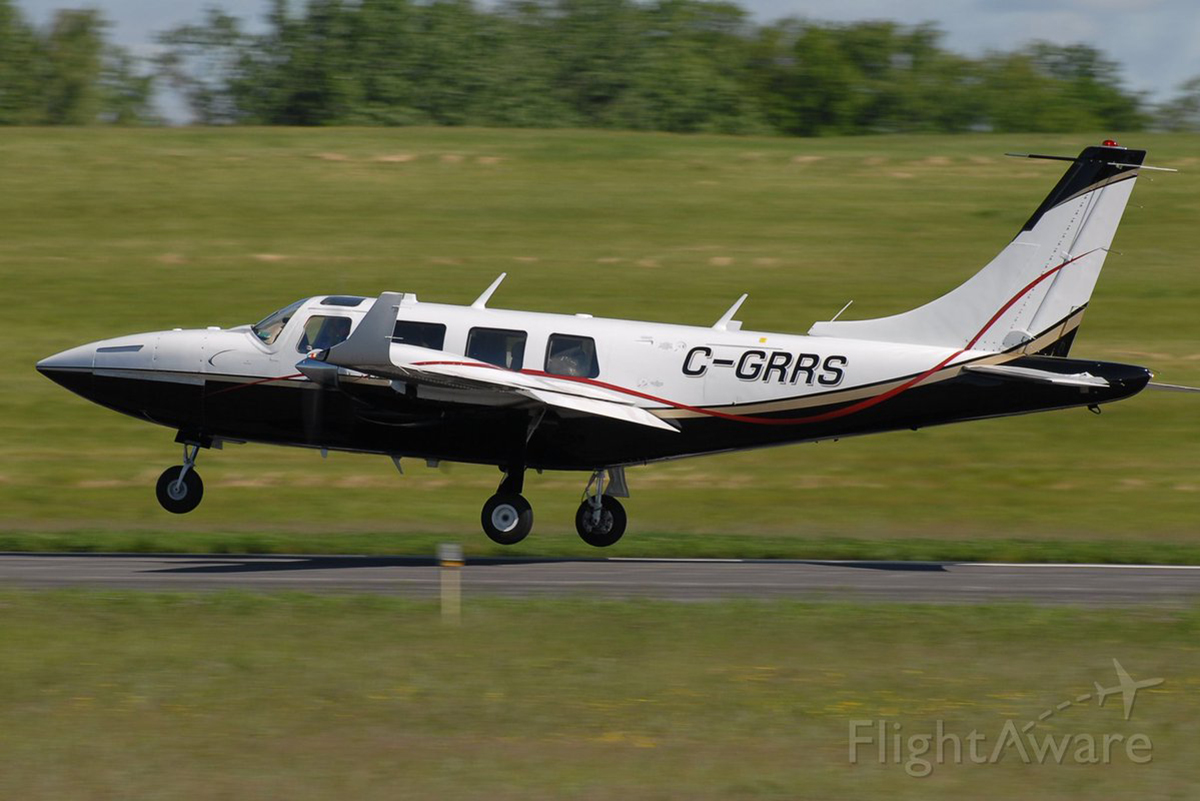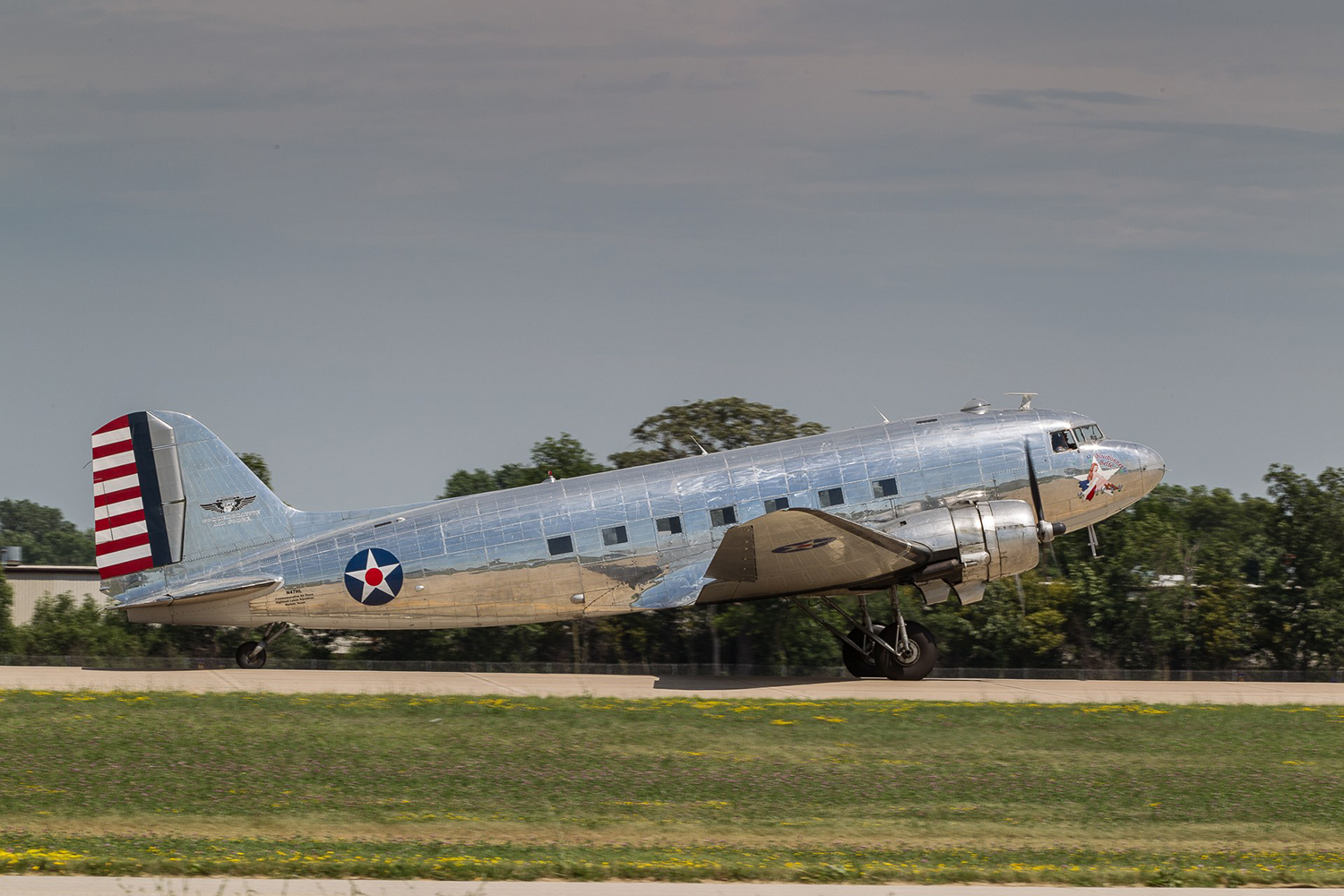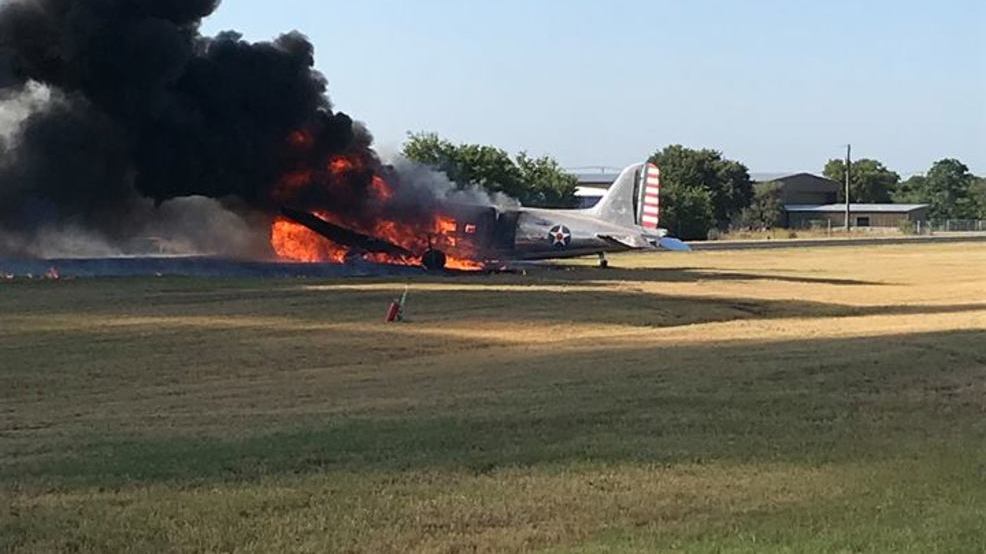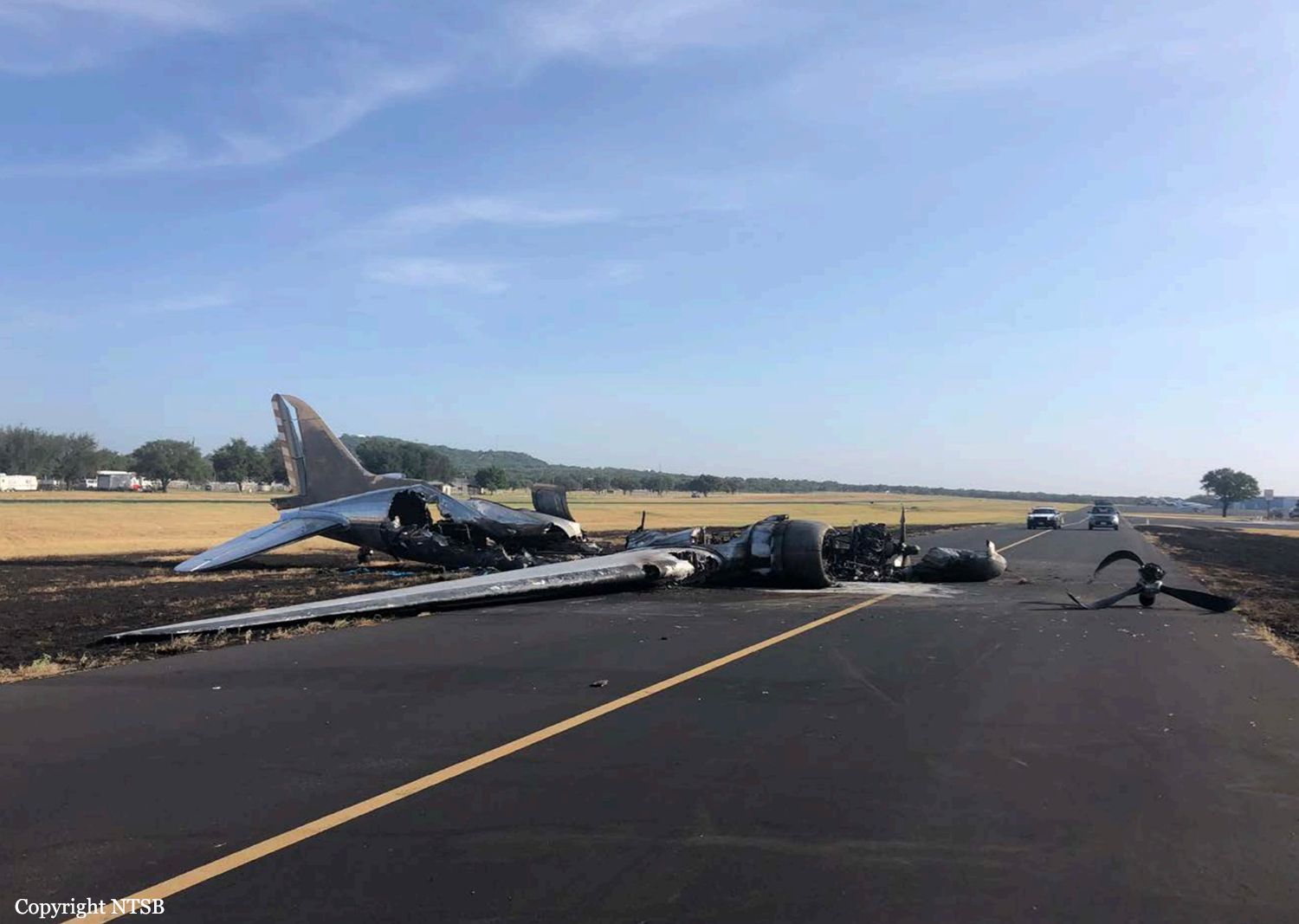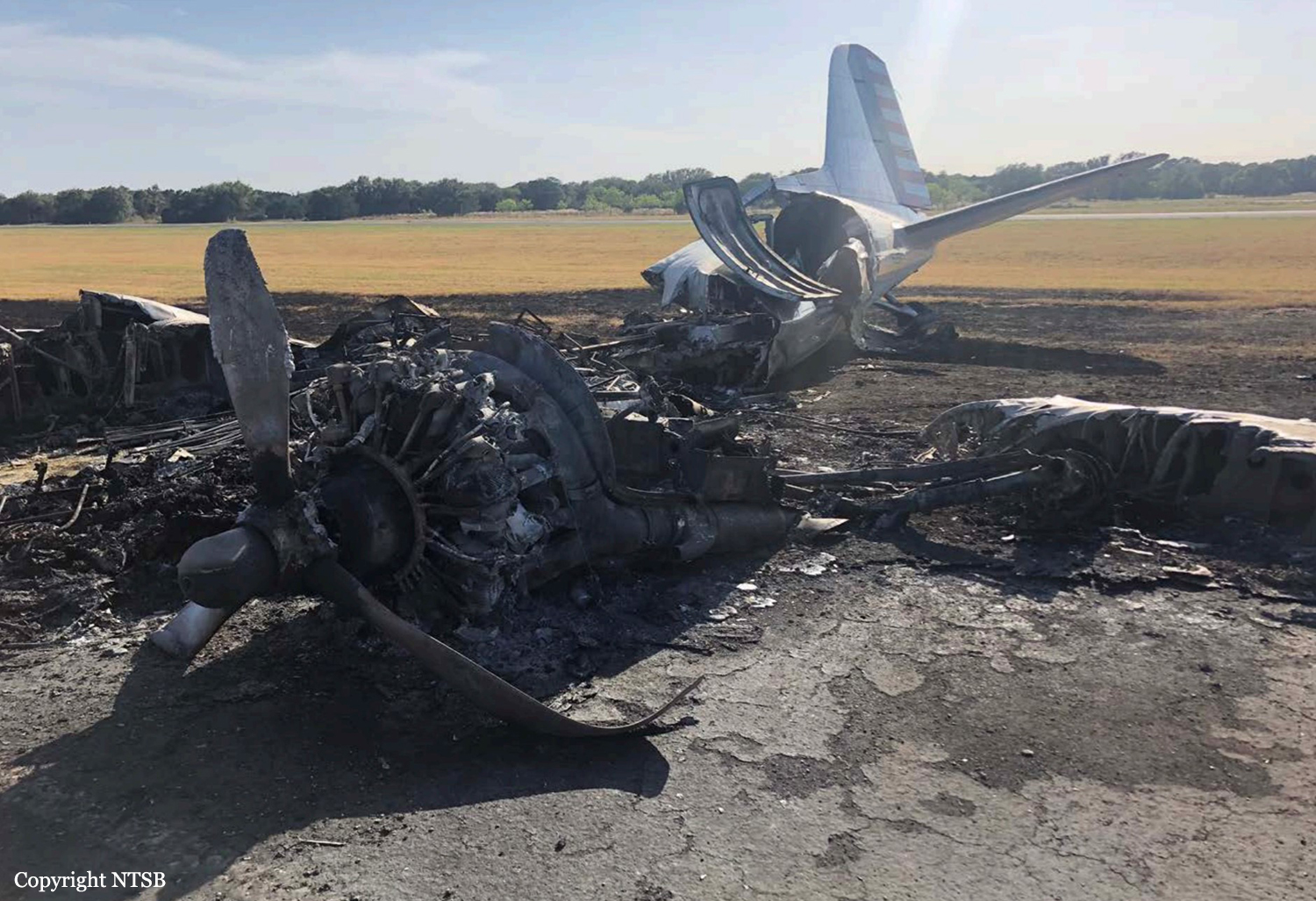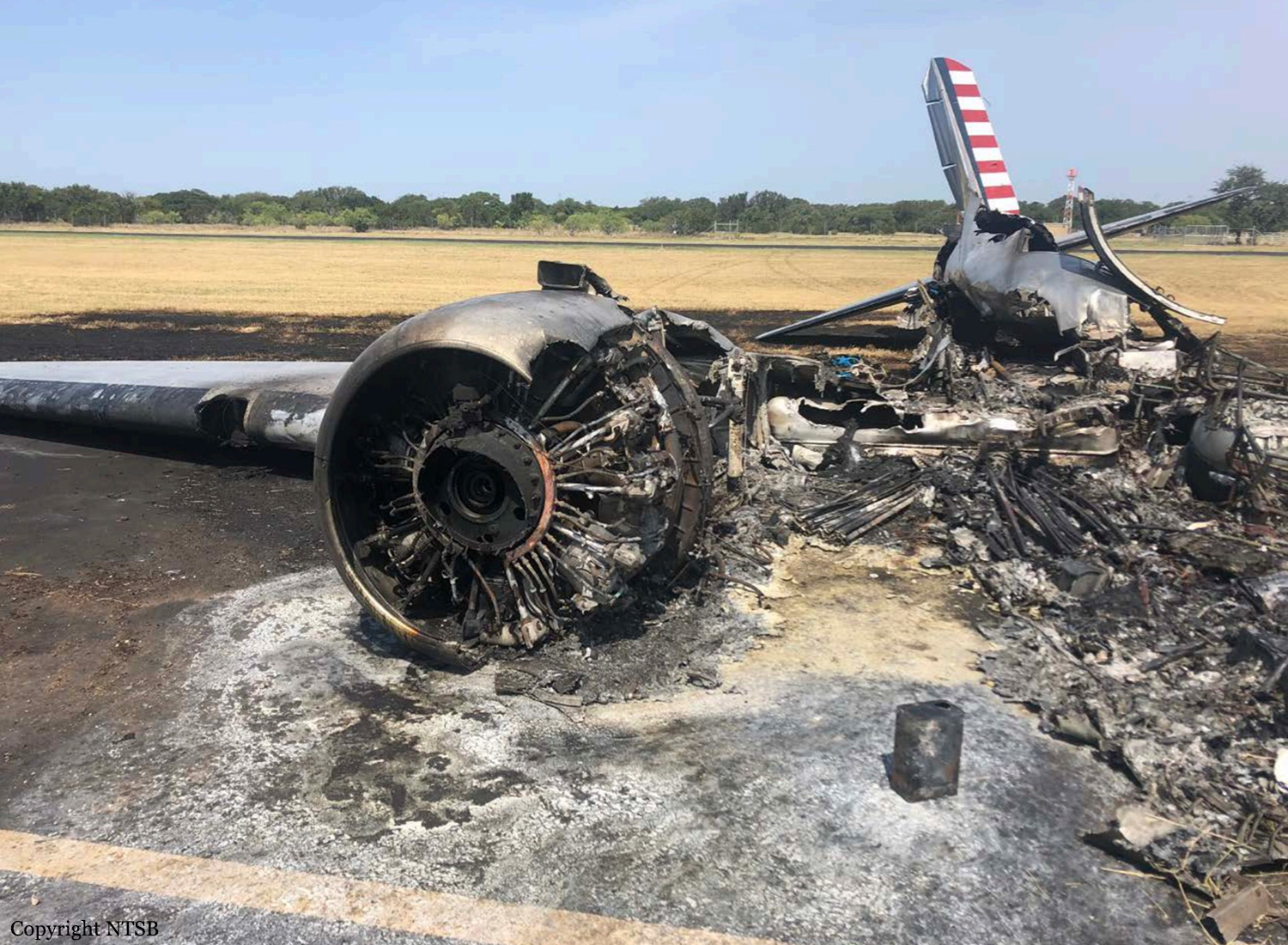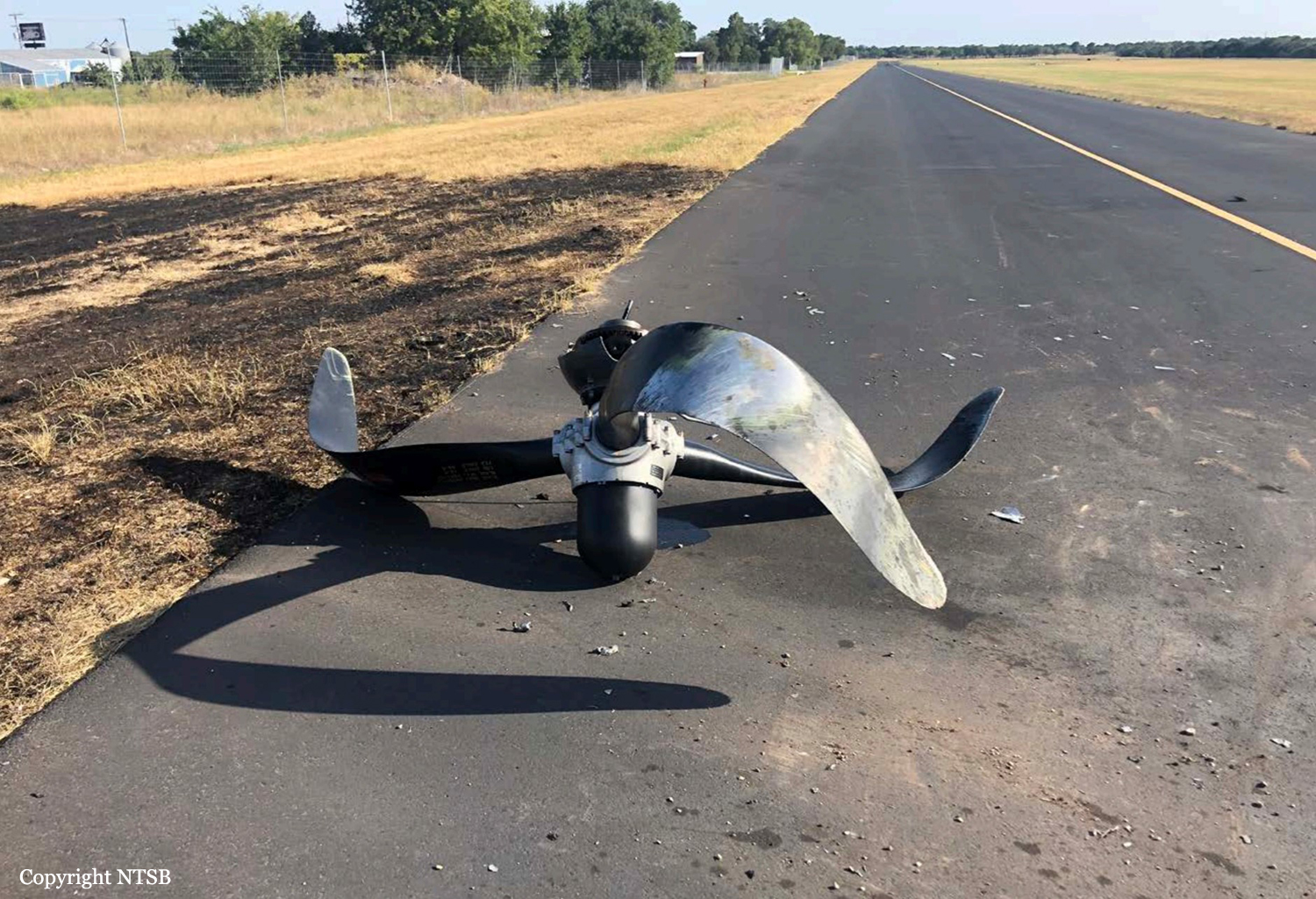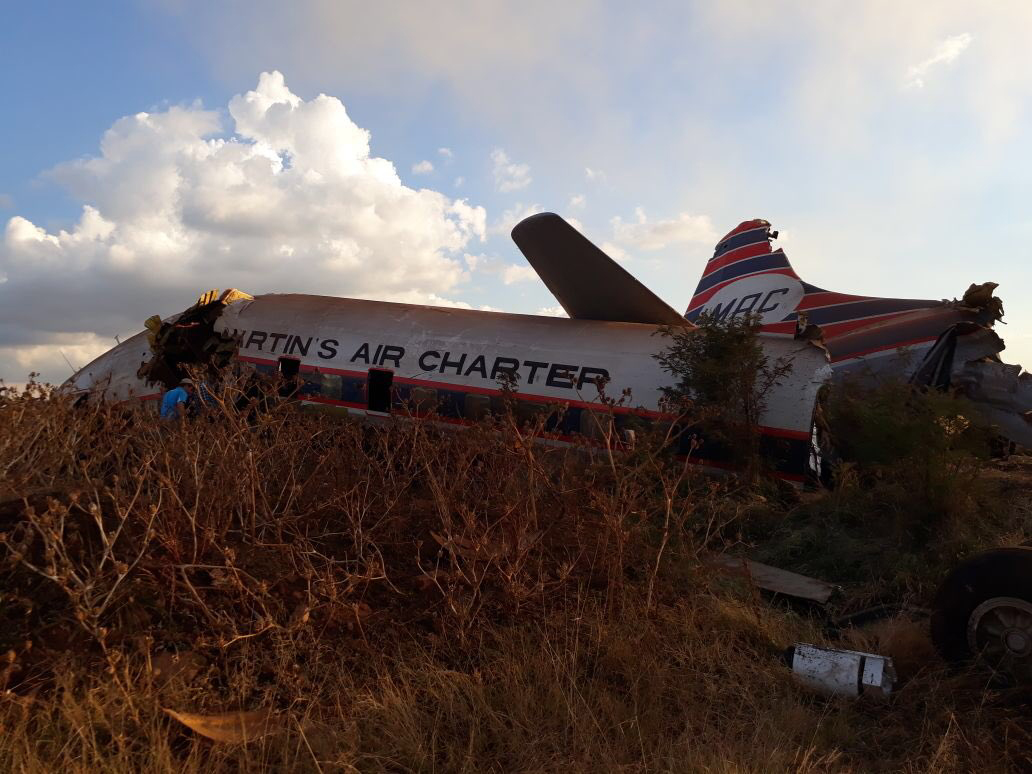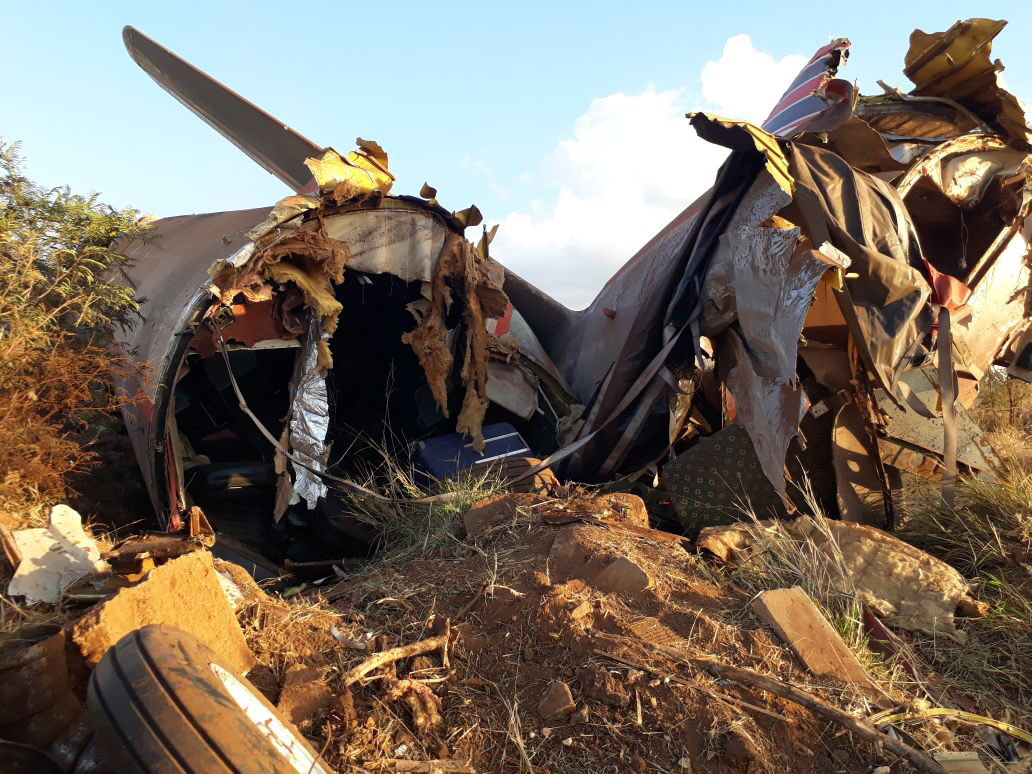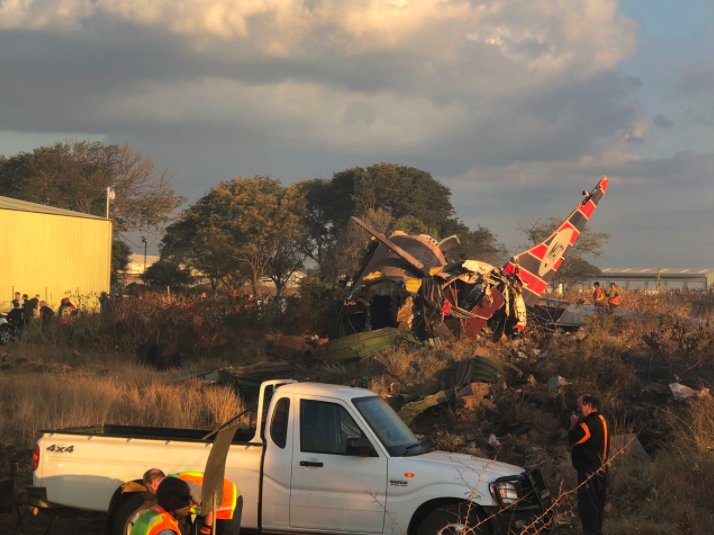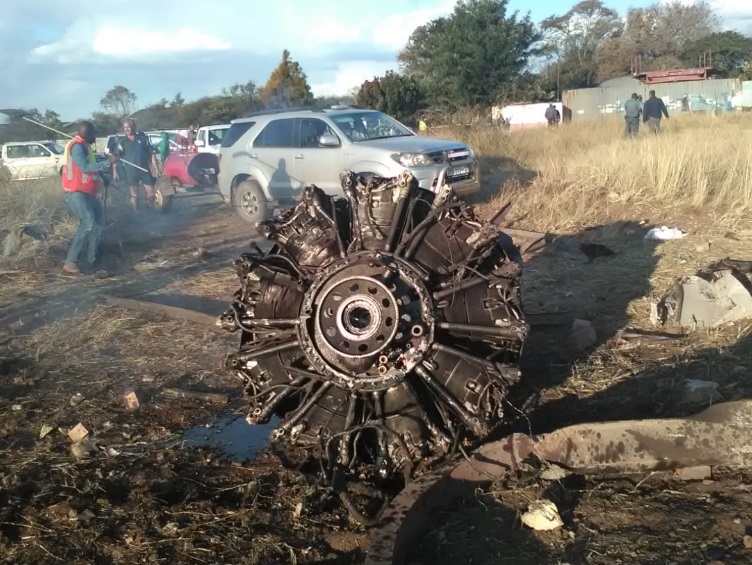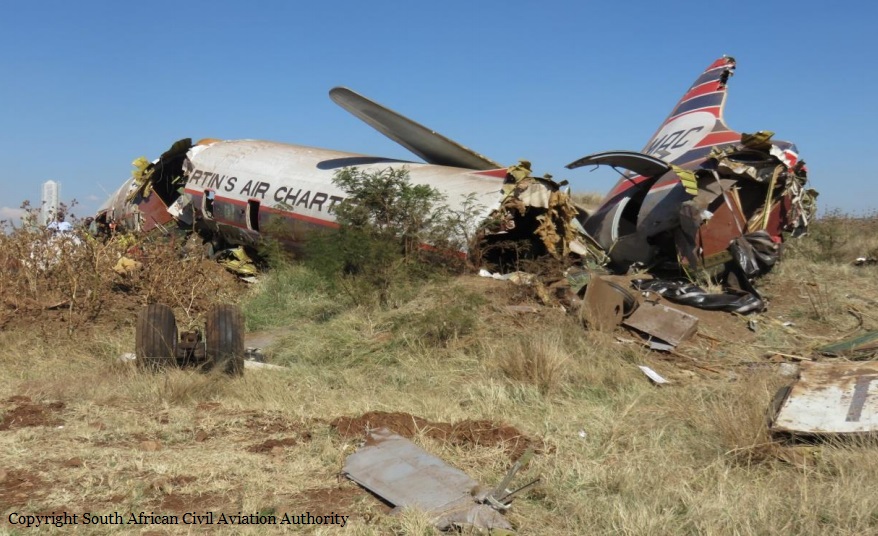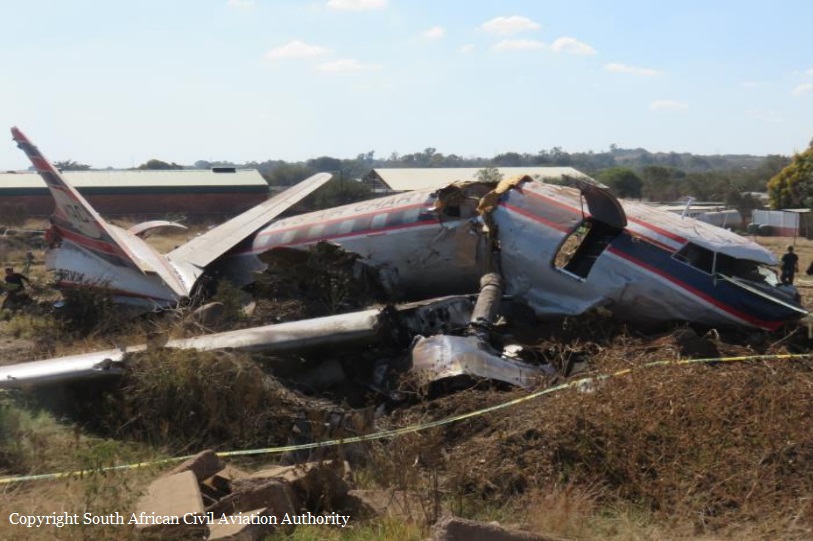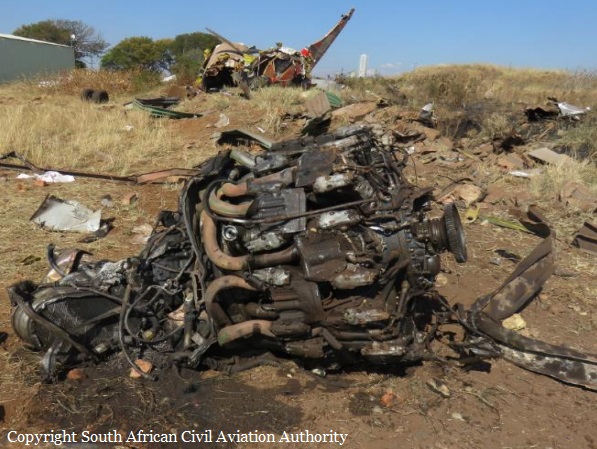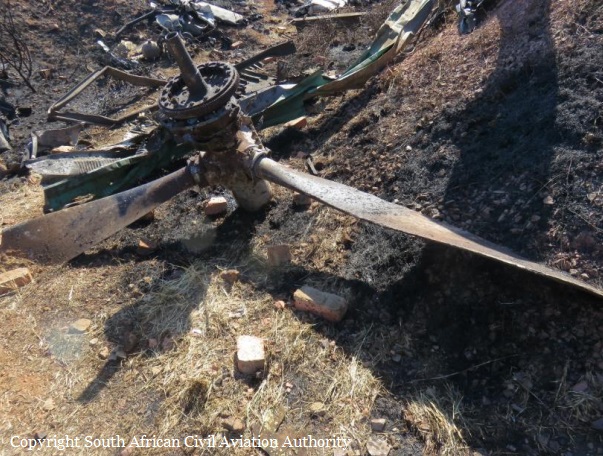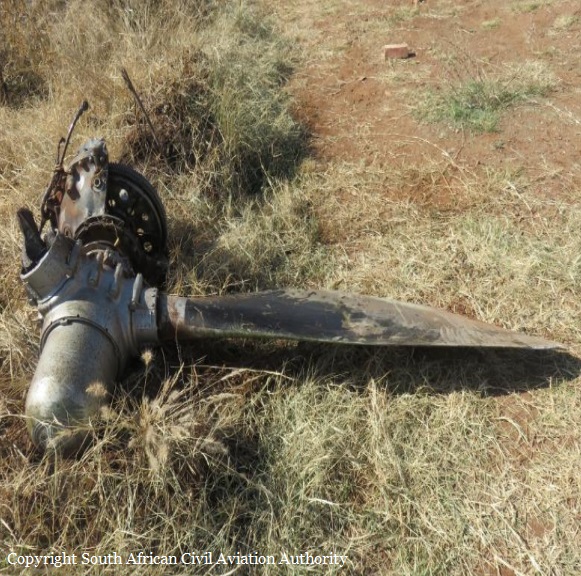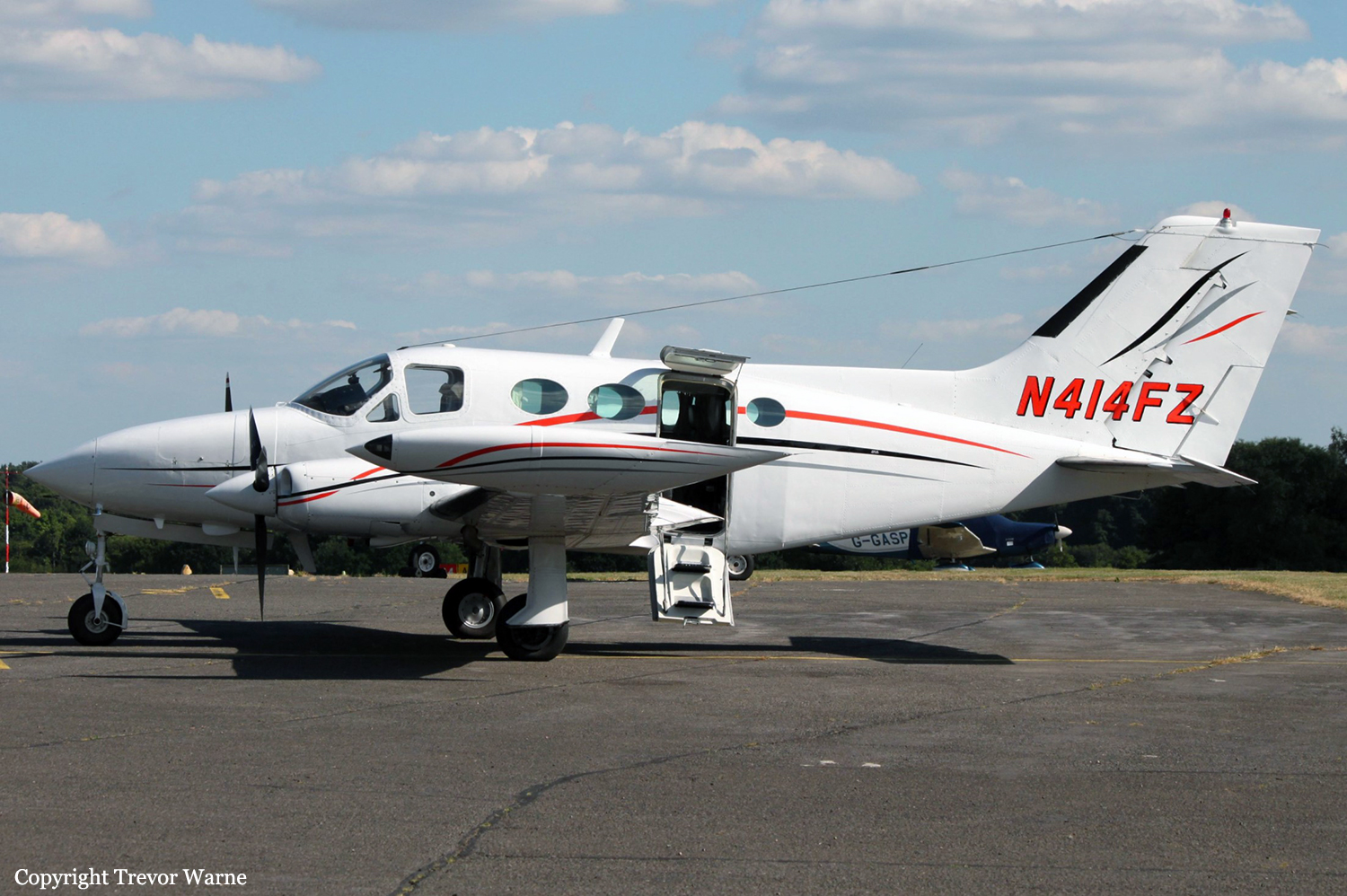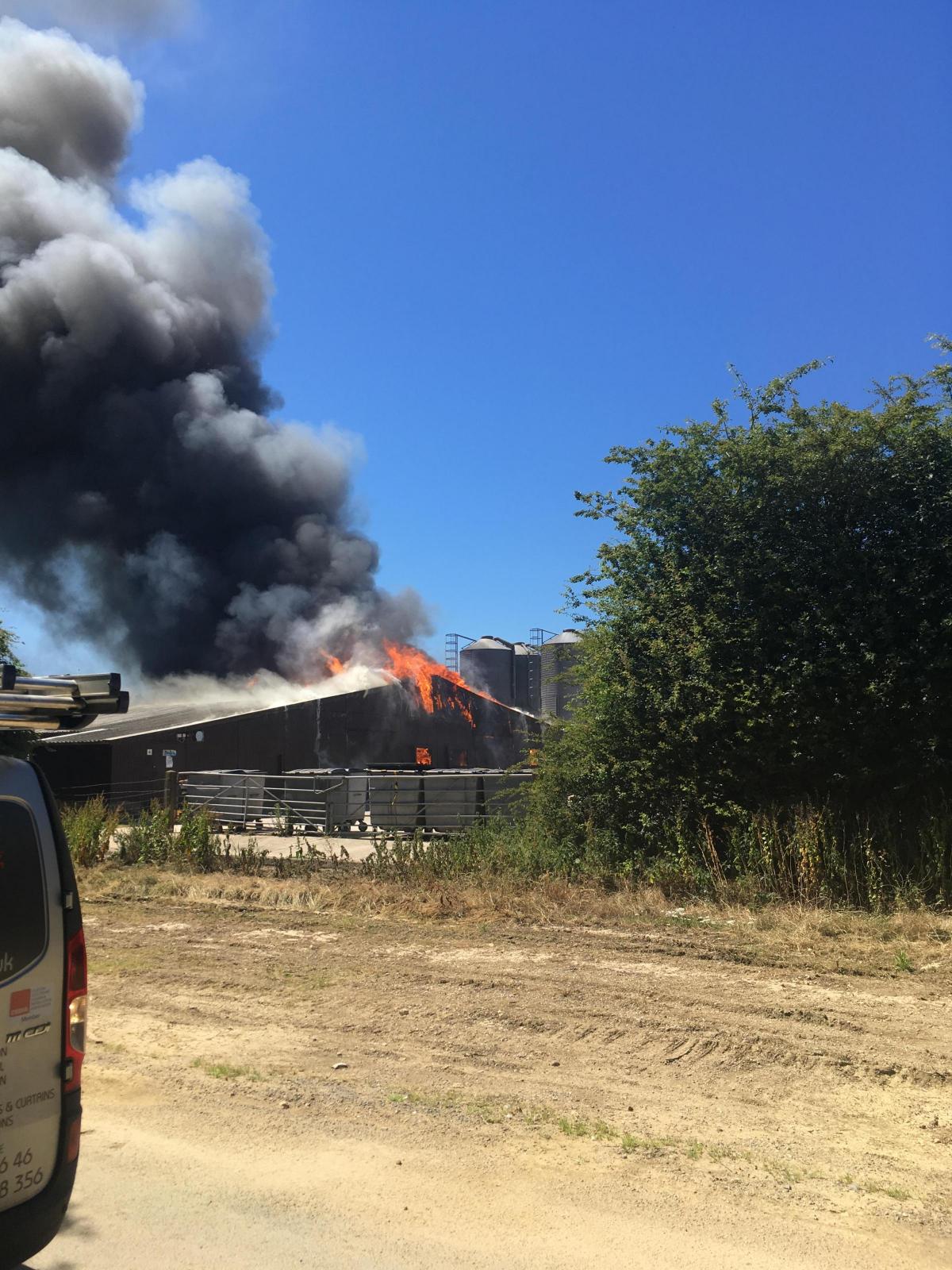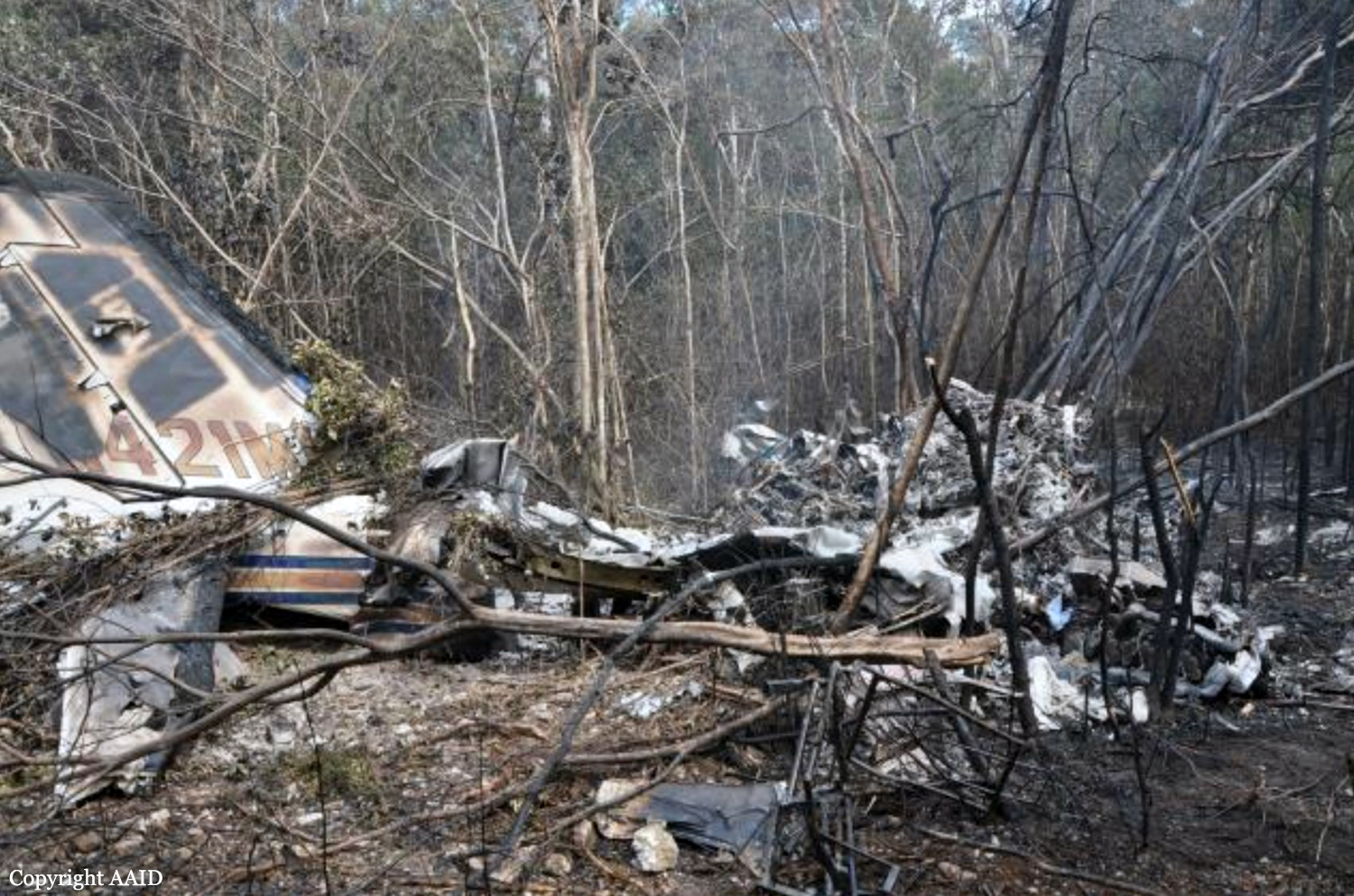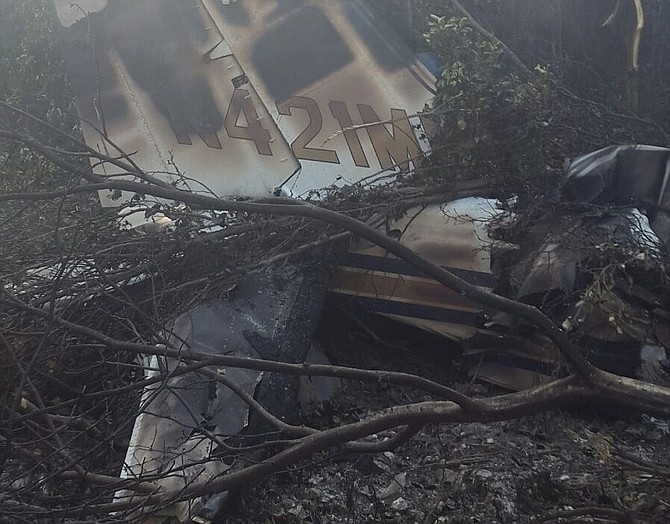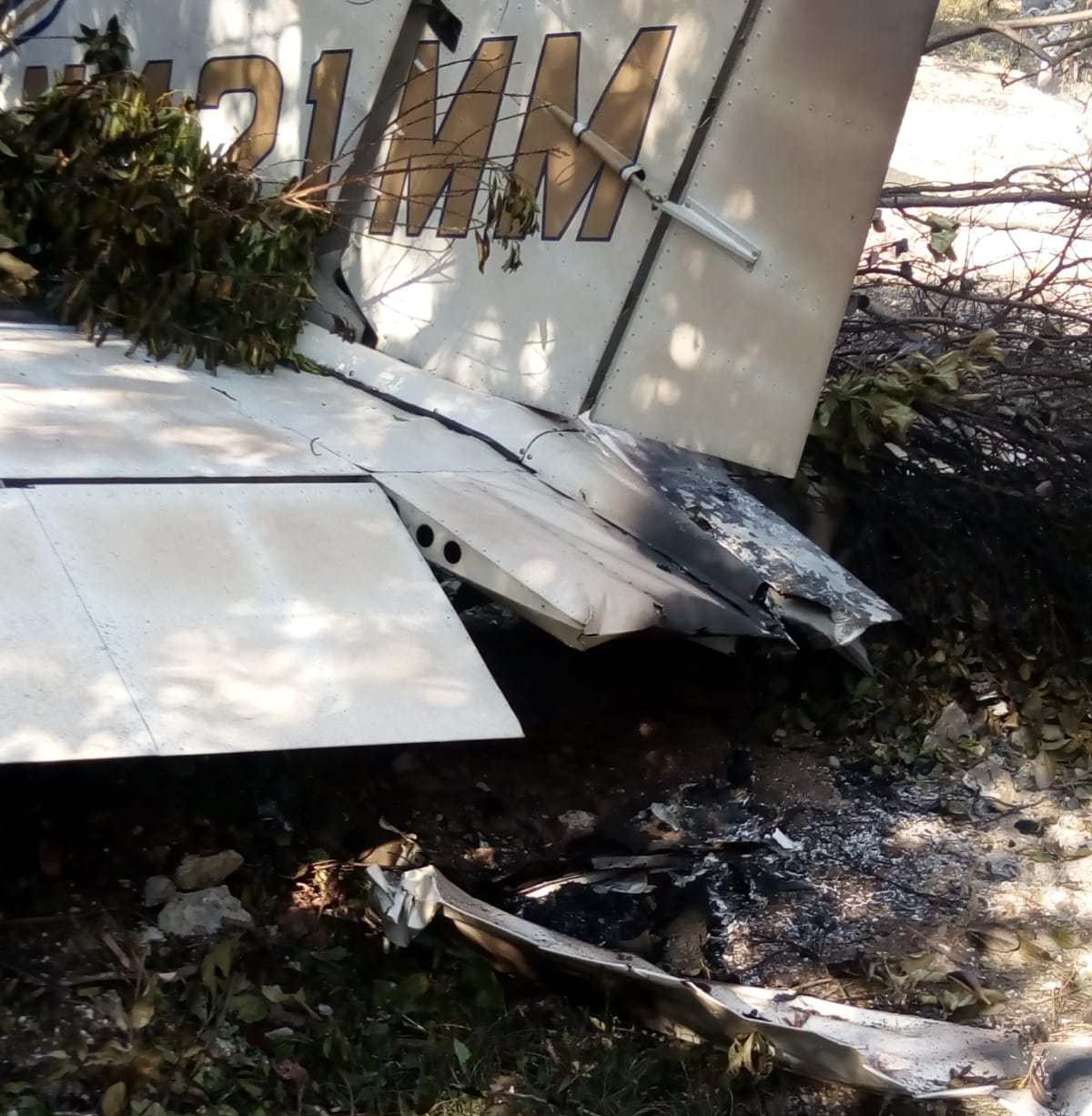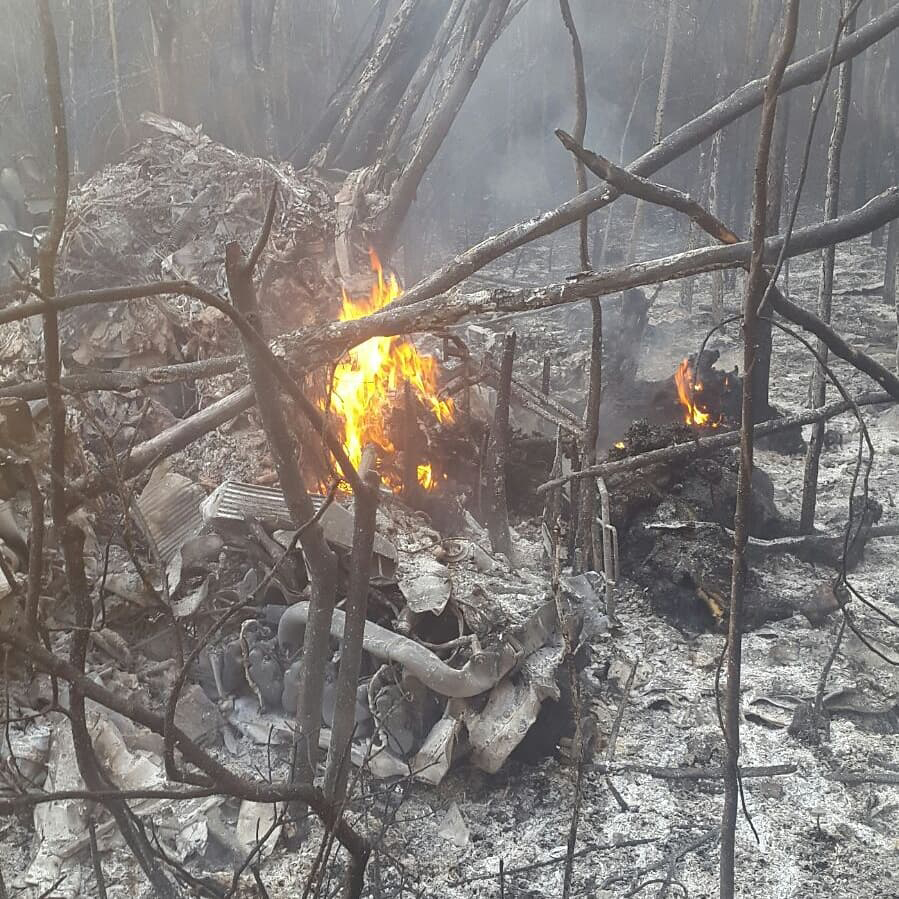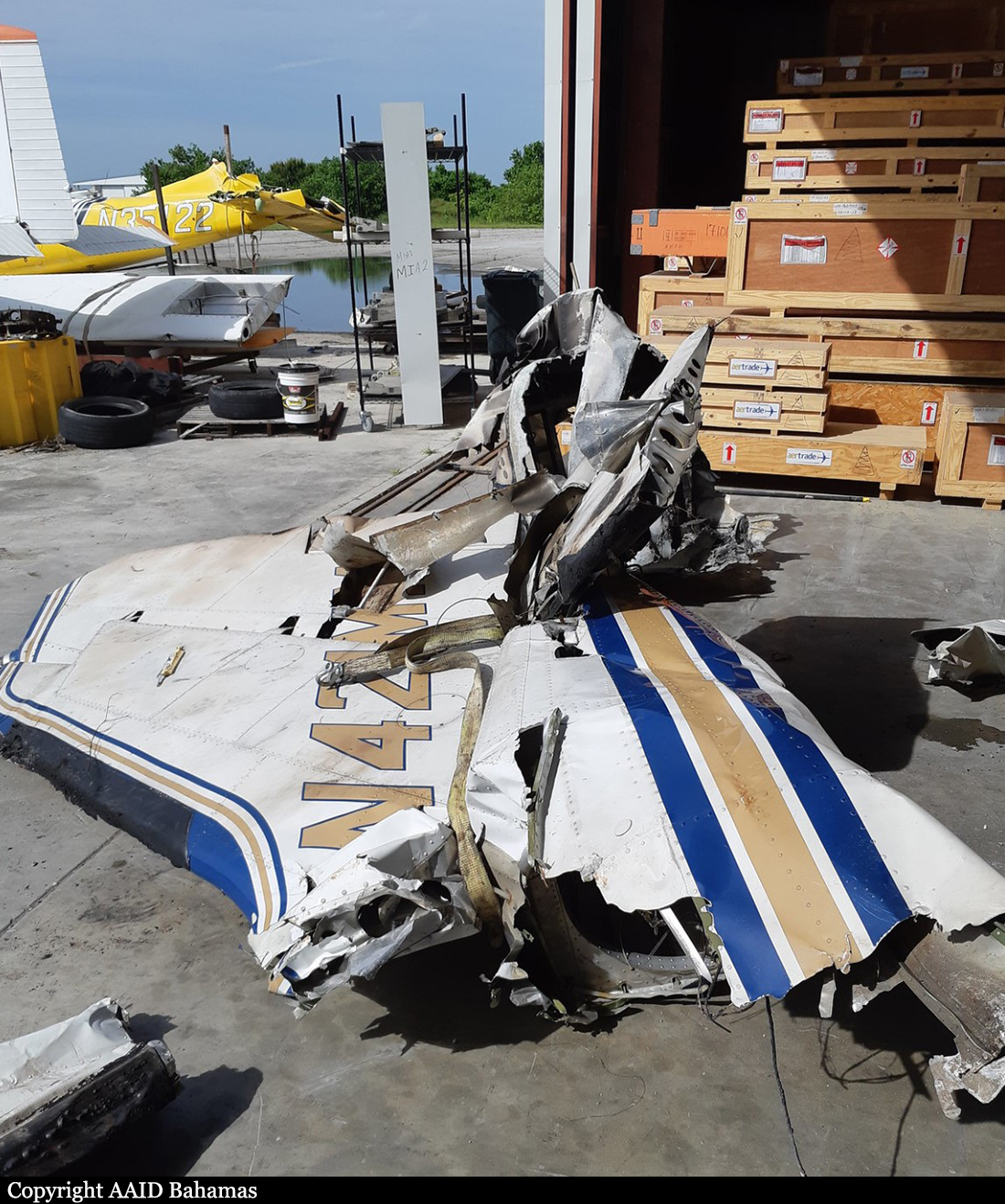Crash of a Beechcraft C90GTi King Air in Vila Rica
Date & Time:
Sep 5, 2018 at 1120 LT
Registration:
PR-GVJ
Survivors:
Yes
Schedule:
Belo Horizonte – Confresa
MSN:
LJ-2145
YOM:
2017
Crew on board:
1
Crew fatalities:
Pax on board:
5
Pax fatalities:
Other fatalities:
Total fatalities:
0
Circumstances:
The twin engine airplane departed Belo Horizonte-Pampulha-Carlos Drummond de Andrade Airport at 0820LT on a private flight to Confresa, carrying five passenger and one pilot. While descending to Confresa, the pilot decided to fly directly to the farm of the owner (Fazenda Angola) located in Vila Rica, about 80 km northeast of Confresa Airport. On final approach, the aircraft was too low when it struck the surface of a lake then its bank. On impact, the undercarriage were torn off and the aircraft crash landed and came to rest on its belly. There was no fire. All six occupants were injured, one seriously. The aircraft was damaged beyond repair.
Probable cause:
The pilot descended too low on approach to an umprepared terrain.
Contributing Factors:
- Attitude,
- Command application,
- Pilot judgment,
- Decision making process,
- Lack of adherence to regulations established by the authority of Brazilian civil aviation.
Contributing Factors:
- Attitude,
- Command application,
- Pilot judgment,
- Decision making process,
- Lack of adherence to regulations established by the authority of Brazilian civil aviation.
Final Report:

